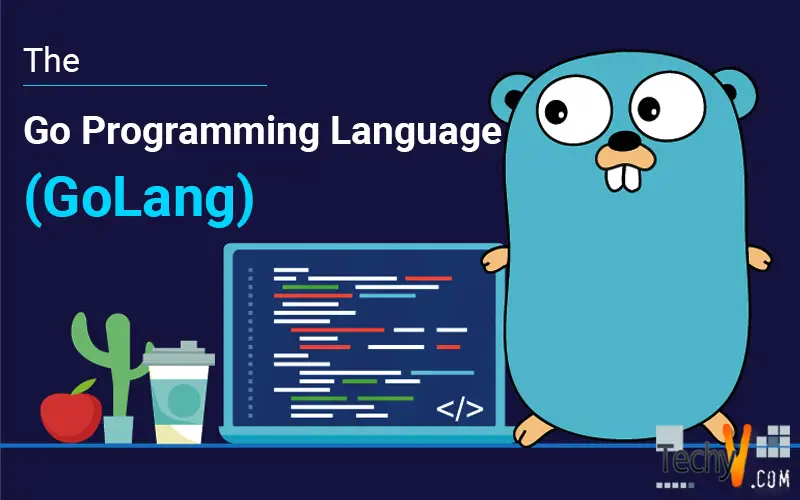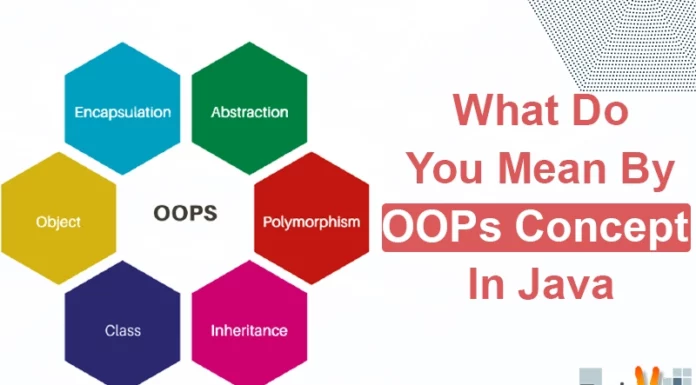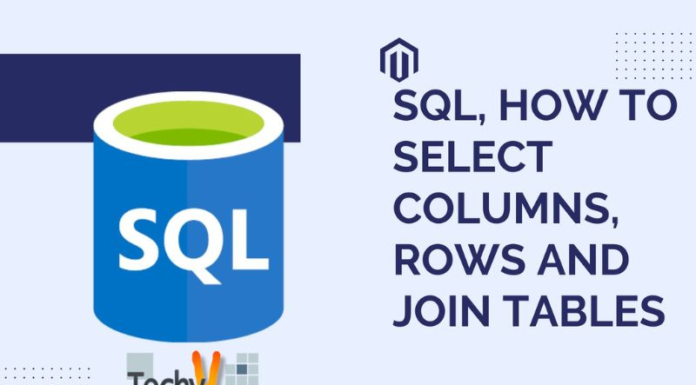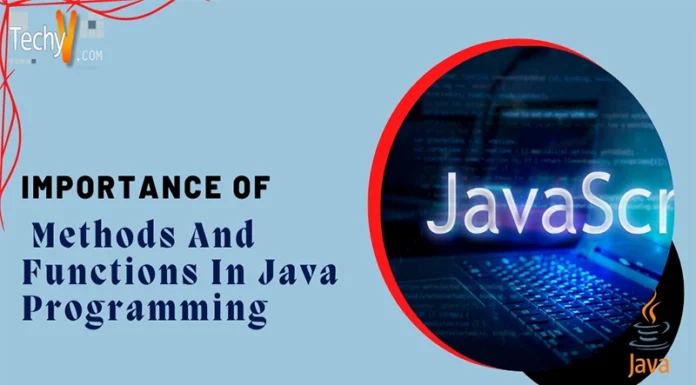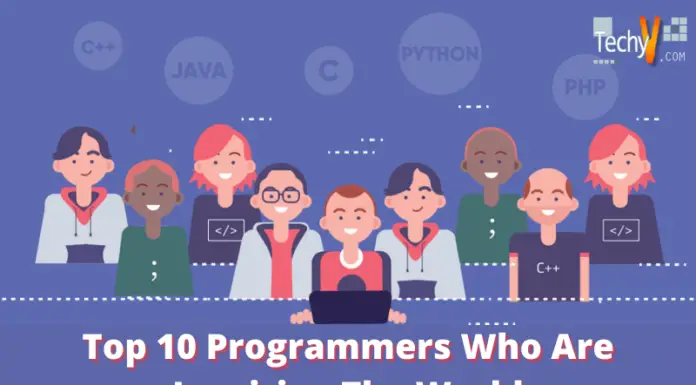In the world of rising technology, various programming languages played significant roles in today’s era. However, there are many languages available, which make it hard for us to conclude which of them is the best. Before we go on comparing them, let’s focus on the particular programming language that would be of great help in the future, and it’s called, the Go Language or most commonly known as the GoLang.
GoLang is an open-source programming language, which was developed by three well-known personalities, namely Robert Griesemer, Ken Thompson, and Rob Pike, in the year 2007. GoLang is a compiled statically typed programming language with garbage collection, memory safety features, limited structural typing, etc.
Compilation Techniques:
GoLang’s two major implementations include:
- Go compiler (by Google) – an open source program that targets platforms like Windows, OSX, Linux, Unix, and BSD.
- GCCGo or the GNU Compiler Collection (GCC) frontend.
We can say that Go Language particularly follows what C language has already started, but it is simpler, safe, and concise.
The Go Language overview of the features:
- GoLang is an environment and a syntax that adopts patterns that are used in a dynamic programming language.
- Declaration and initialization of a discretional concise variable via type inference. For example, if we say (x:= ’A’ not var x char= ’A’). Its compilation is very fast as well as the omission of errors is particularly up to the mark.
- Rapid time for compiling.
- Online package and package management documentation remotely.
- Quintessential approaches to specific problems:
- Integrated concurrency primitives such as channels, select statement, and the light-weight processes.
- An object-oriented programming system established in virtual inheritance and type embedding as an alternative to non-virtual inheritance.
- A toolchain that creates native binaries that are statically linked without depending externally.
- An urge to keep the specification of the language uncomplicated so the programmer can easily hold it in his head.
Having so much of the qualities, Go Language also has some drawbacks including code duplication and the built-in libraries don’t provide generic algorithms. There is also a lack of language protractile that makes most of the tasks more gushing. Also, it is known to lack in the context of the safety measures, as well as how to express things to the user or the programmer. But those who have knowledge in GoLang and has designed using this language assumed that criticisms have led to the improvement of this language. And now, rising techniques and certain improvements have led this language rise in every context in which it has been criticized over and over again.
GoLang’s key prospects deals with “Embedding” and “Interfaces.” Both this concept has led to the complete rise of this language. The concept of run-time polymorphism has been completely covered in this context. Interfaces completely emerge as a source of structural typing.
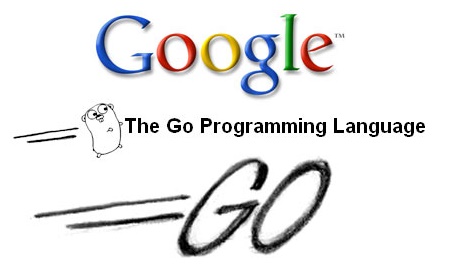
Now we will see a sample program of “Hello World” in GoLang.
package main()
import “fmt” // Package Imported
function main() // Function Initialization
{
fmt.println(“HELLO WORLD”); // Print Command
}
In the above program “fmt” is the name of the package that has been imported from the interface and the print command has been given to print the given information.
It is certain that GoLang has been following up the tradition that has been set up by C Language. There were many critics in naming this language, which has been further resolved by its developers.



